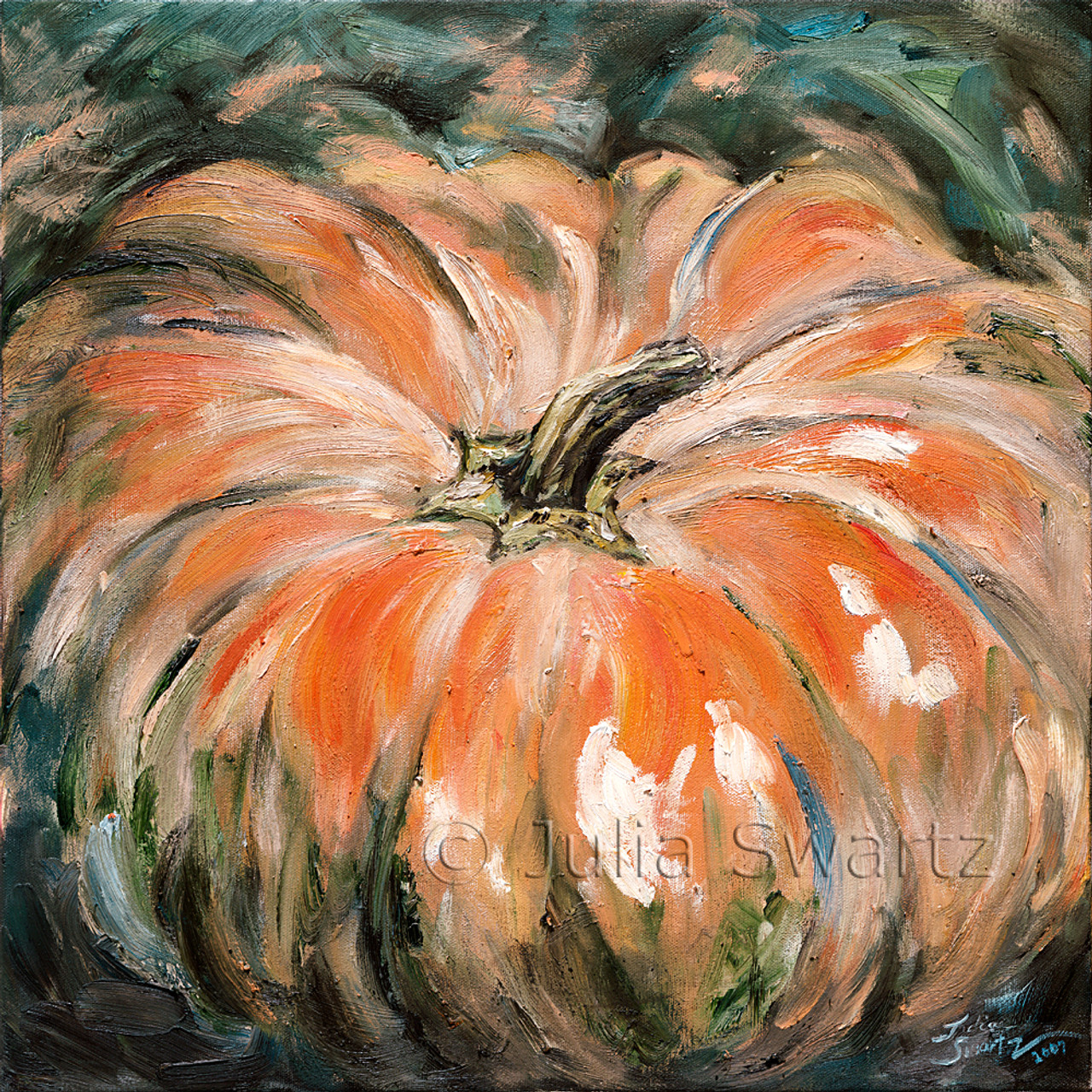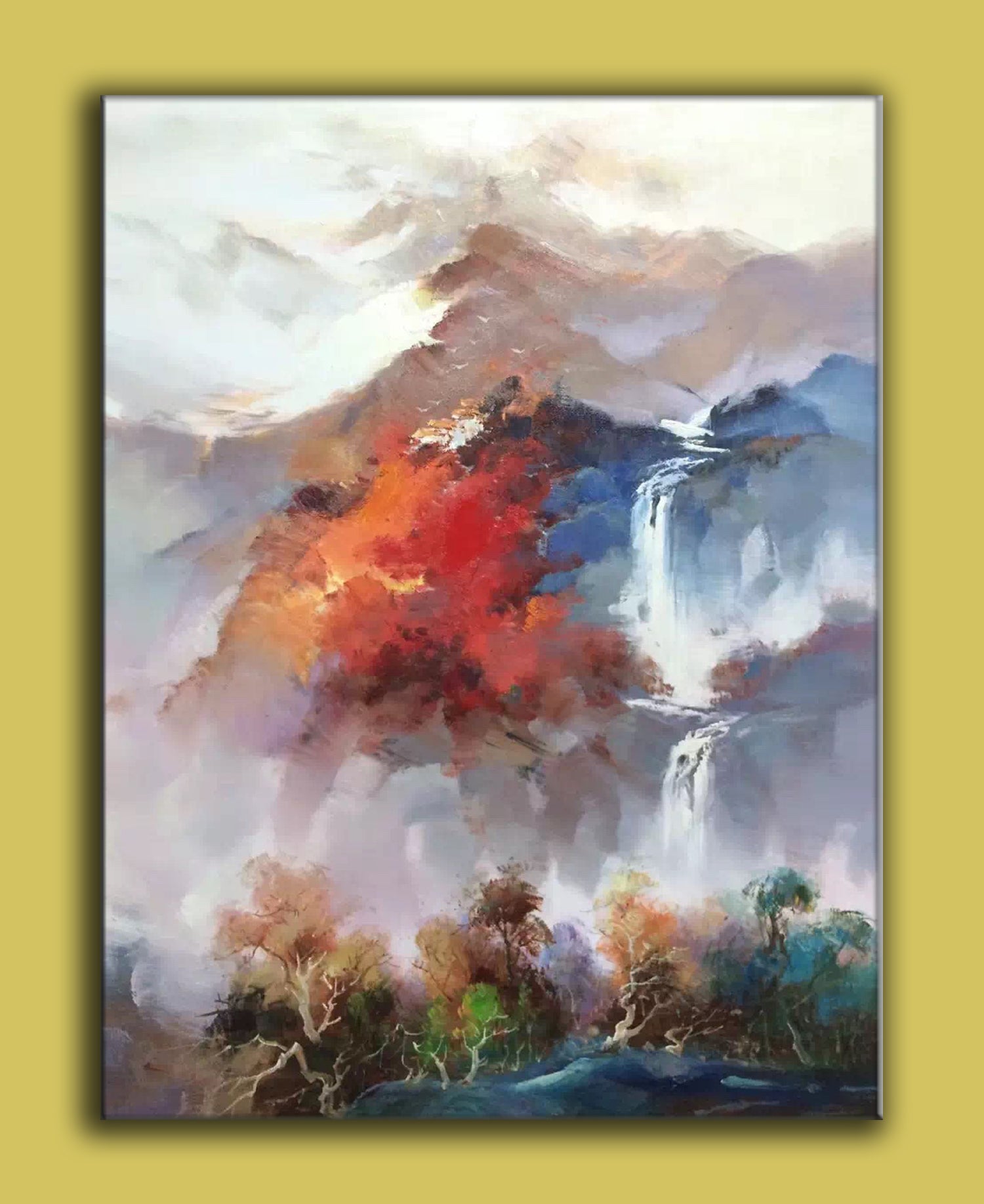Beautiful Artist-Created Oil Paintings for Sale from Workshops
Exploring Everything About Oil Paintings: A Guide to Recognizing Their Elegance and Worth
Oil paints have mesmerized audiences for centuries, providing a peek right into the artistic mastery of numerous periods. Their abundant background is linked with ingenious methods and profound emotional expression. Recognizing the materials and methods behind these artworks can boost gratitude. In addition, the marketplace for oil paintings provides chances for financiers and enthusiasts alike. As one discovers this fascinating world, the question arises: what makes an oil painting truly important?
The History of Oil Paint: A Journey Through Time
Oil paint has roots that date back to ancient times, it truly thrived throughout the Renaissance, when artists discovered its convenience and abundant shade possibility. Early instances can be traced to the 7th century, with strategies progressing significantly across cultures. The tool ended up being popular in Northern Europe in the 15th century, particularly through the jobs of artists like Jan van Eyck, who pioneered its use for comprehensive realism and lively colors. This period marked a separation from tempera paints, permitting better deepness and texture. As oil paint spread, it influenced numerous musicians, leading to work of arts by popular numbers such as Leonardo da Vinci and Rembrandt. The medium's tradition proceeds, shaping the art world well right into modern-day times.
Comprehending Oil Repaints: Materials and Techniques
As artists explore the globe of oil paints, they experience a diverse array of materials and strategies that define this medium. The main elements of oil paint consist of pigments, which give shade, and drying out oils, such as linseed, that bind the pigments and promote application. Numerous ingredients can customize the paint's texture and drying time, improving flexibility. Strategies like glazing, where transparent layers are developed, and impasto, which entails using thick paint, enable for different aesthetic results. In addition, using brushes, palette knives, and even fingers can create unique textures and surfaces. Understanding these products and methods allows musicians to totally reveal their imagination and attain the desired influence in their art work.
The Duty of Shade in Oil Paintings
Shade plays an essential function in oil paintings, affecting both aesthetic charm and emotional vibration. Comprehending color concept fundamentals, consisting of the connections between tones, can enhance an artist's ability to communicate mood and ambience. Furthermore, understanding color mixing methods permits for greater depth and splendor in a painting's scheme.

Shade Concept Fundamentals
Understanding color concept is crucial for artists dealing with oil paints, as it forms the structure for creating visually interesting and unified compositions. Color theory incorporates the study of exactly how colors connect, the color wheel, and the connections in between primary, additional, and tertiary colors. Artists use complementary shades to boost contrasts and create centerpieces, while comparable shades advertise unity and cohesiveness within a piece. Furthermore, the concepts of amazing and cozy colors affect the assumption of depth and space in a painting. Understanding these principles allows artists to manipulate shade effectively, leading the visitor's eye and connecting their intended message. Proficiency of shade concept inevitably enhances an artist's capacity to communicate emotions and ideas through their work.
Emotional Effect of Color
The emotional impact of shade in oil paintings plays an important role in exactly how visitors attach and view with artwork. Colors evoke specific sensations and moods, affecting the audience's emotion. Cozy tones like reds and oranges can develop a sense of heat and power, while trendy tones such as blues and greens often stimulate calmness or self-contemplation. Artists purposefully select shade schemes to boost narrative aspects, assisting the target market's psychological trip. The saturation and contrast of shades better enhance these effects, attracting attention and developing emphasis. Inevitably, the interaction of colors in oil paintings not only boosts their visual appeal yet also functions as an effective medium for psychological expression, enhancing the viewer's experience and interpretation.
Color Mixing Techniques
While many facets of oil painting add to the overall make-up, understanding shade mixing methods is necessary for accomplishing preferred results and depth. Shade mixing can be approached through numerous approaches, including the subtractive and additive processes. Additive blending entails incorporating shades of light, while subtractive mixing counts on pigments, where shades blend to produce new tones. Musicians commonly make use of a restricted palette to create unified works, understanding the connections between key, secondary, and tertiary colors. Strategies such as glazing and scumbling even more enhance depth and luminosity. By masterfully blending colors, a musician can evoke emotions, produce focal points, and achieve a feeling of realism, ultimately boosting the paint's aesthetic and emotional effect.
Famous Oil Painters and Their Iconic Works

Famed for their proficiency of color and technique, oil painters have actually created a few of the most renowned art work in history. Renowned artists like Vincent van Gogh astounded target see here markets with his stirring brushwork in "Starry Night," while Claude Monet's "Impact, Sunrise" laid the foundation for Impressionism. Leonardo da Vinci's "Mona Lisa" continues to be a long-lasting sign of artistic genius, showcasing his ability in catching human expression. At the same time, Rembrandt's "The Night Watch" shows his innovative use light and darkness. Other noteworthy numbers consist of Pablo Picasso, that revolutionized modern-day art with his vibrant trial and error in works like "Les Demoiselles d'Avignon," and Georgia O'Keeffe, whose lively depictions of landscapes and blossoms aided specify American modernism. Each musician's distinct style contributed substantially to the oil painting landscape.
How to Evaluate the High Quality of an Oil Paint
Reviewing the top quality of an oil paint includes a mindful analysis of craftsmanship strategies, along with an evaluation of shade and composition. Observing brushwork, layering, and the application of paint can expose the artist's skill level. In addition, the interplay of shades and the overall setup of elements contribute significantly to the painting's visual value.
Evaluating Workmanship Strategies
A meticulous assessment of craftsmanship techniques is necessary for determining the high quality of an oil paint. Evaluators need to initially analyze the application of paint; thick, distinctive brushstrokes may suggest a proficient hand, while excessively uniform applications might show an absence of deepness. oil paintings for sale. The layering strategy is also vital; the visibility of More Info glazes and differed density can boost brightness and intricacy. In addition, the top quality of the products used, such as the canvas and pigments, plays a considerable role in durability and total aesthetic. Focus to detail in components like sides and shifts between colors reflects the musician's dedication to their craft. Inevitably, these methods add to the painting's psychological effect and market price, serving as indications of the musician's ability and intent
Examining Shade and Composition
While examining the top quality of an oil paint, one should concentrate on the interplay of shade and composition, as these components are basic to the art work's general effect. Color choices can develop and stimulate feelings mood; consequently, the musician's scheme must be checked out for consistency and contrast. A well-balanced structure directs the customer's eye and creates a sense of unity. Musicians typically utilize techniques like the regulation of thirds or leading lines to boost visual interest. Furthermore, using light and darkness can add depth, improving the three-dimensionality of the paint. Eventually, a successful oil paint weds shade and make-up, engaging the customer and inviting a much deeper appreciation of the musician's vision and strategy.
Caring for and Preserving Oil Paintings
Correct care and preservation of oil paintings is crucial for maintaining visit here their integrity and longevity. To secure these art work, it is crucial to show them far from straight sunlight, which can cause fading and staining. Preserving a steady atmosphere with controlled temperature and moisture further help in preventing damages. Cleaning ought to be done gently making use of a soft, dry cloth, avoiding any severe chemicals that could harm the paint or varnish. Regular evaluations for signs of degeneration, such as flaking or fracturing, are recommended. When carrying or keeping oil paintings, proper extra padding and framing are necessary to prevent physical damage. Eventually, diligent treatment contributes to the visual allure and worth of oil paintings with time.
The Market for Oil Paintings: Accumulating and Investing
Recognizing the market characteristics for oil paints is essential for investors and enthusiasts alike. The worth of these art work is influenced by various variables, consisting of the musician's credibility, historic importance, and existing trends. Collectors frequently seek items that reverberate directly while considering possible gratitude in value. Auctions and galleries function as key places for buying and selling, with prices changing based upon need and rarity. Purchasing oil paints calls for research right into the market, in addition to an understanding of credibility and provenance. Additionally, emerging musicians might supply opportunities for considerable returns, while developed names can command high costs. Overall, a tactical strategy to gathering can produce both visual pleasure and economic benefits.

Frequently Asked Questions
What Are the Environmental Influences of Oil Painting Products?
The environmental influences of oil paint materials consist of the release of unpredictable natural compounds (VOCs), damaging waste generation, and source removal for pigments. These elements contribute to contamination and environmental degradation, elevating concerns amongst environmentally conscious artists and consumers.
How Do Various Canvases Influence Oil Paint Outcomes?
Different canvases affect oil paint results substantially. Absorbency, structure, and surface area high quality can change paint application, drying times, and shade vibrancy. Artists commonly choose certain canvases to accomplish wanted impacts and improve their creative expression.
Can Oil Paintings Be Recovered if Harmed?
Oil paintings can certainly be restored if harmed. Specialist conservators make use of numerous methods to fix tears, clean surface areas, and address discoloration, ensuring that the art work retains its original appeal and value for future generations.
What Are the Indications of an Original Oil Painting?
The indicators of an original oil paint include noticeable brush strokes, texture variants, and an unequal canvas weave (oil paintings for sale). In addition, credibility may be verified with provenance, signatures, and the visibility of a varnish layer one-of-a-kind to oil tools
How Has Technology Influenced Modern Oil Painting Techniques?
Modern technology has greatly influenced modern-day oil painting methods by presenting electronic devices for planning, improved products for appearance and longevity, and on-line systems for marketing and sharing art, thereby expanding artists' innovative possibilities and target market reach. Oil painting has roots that date back to old times, it truly flourished throughout the Renaissance, when musicians discovered its flexibility and abundant color capacity. The emotional impact of color in oil paints plays a vital function in just how viewers view and link with artwork. While several elements of oil paint add to the total composition, understanding shade blending methods is necessary for attaining preferred effects and depth. Evaluating the high quality of an oil painting involves a mindful evaluation of craftsmanship strategies, as well as an evaluation of shade and make-up. While examining the top quality of an oil paint, one must focus on the interaction of color and composition, as these aspects are fundamental to the artwork's general impact.